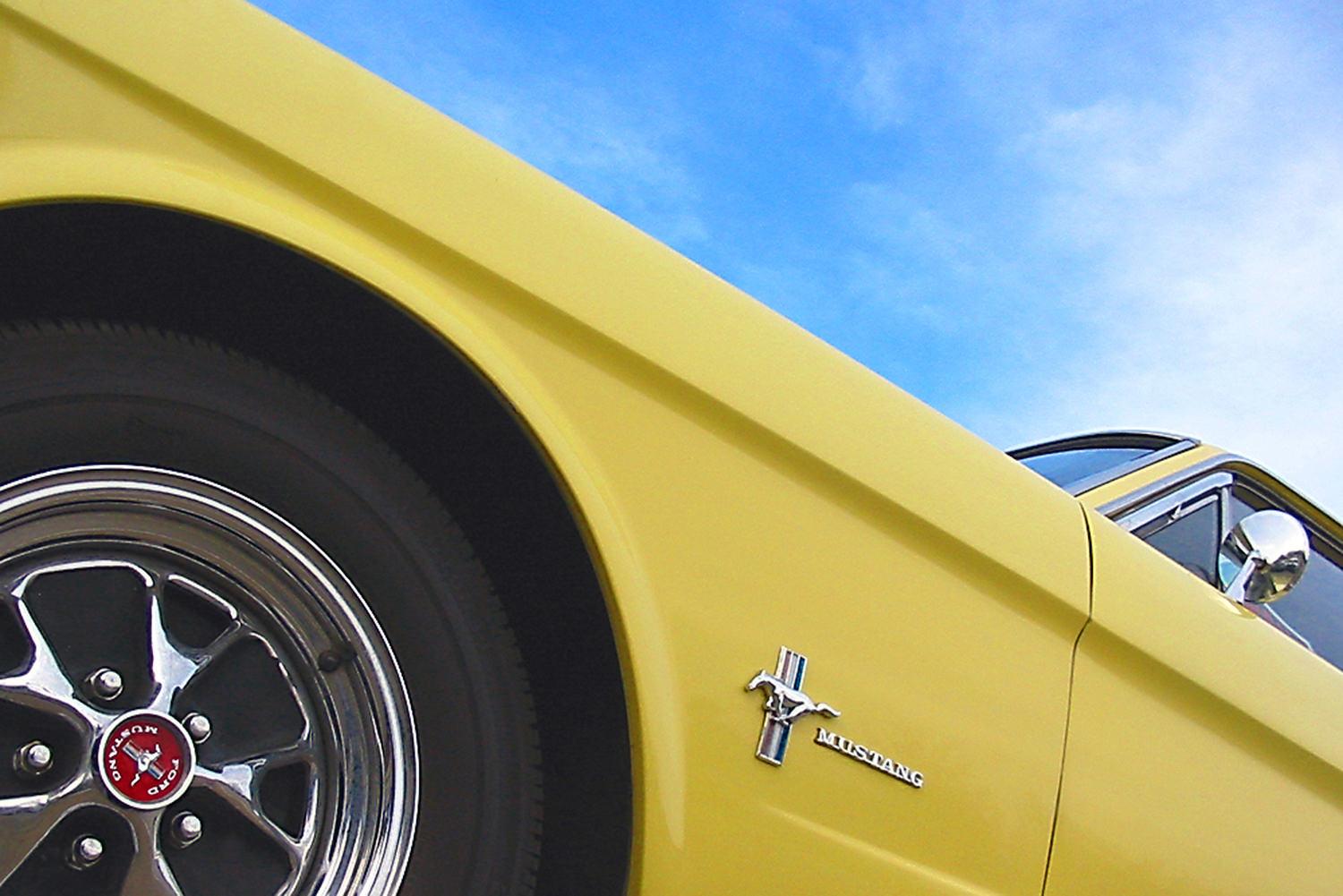Car photography is an ever-popular subject - from sleek sports cars, to menacing muscle cars, to rusted heaps, everyone has a particular type of car that they find appealing.
As with people, each car has its own personality. It might be an out-and-out racer, designed for speed and power, or it may be a luxurious limousine which aims to provide sophistication and a sense of grandeur.
Successful car photography depends on capturing the unique personality of each vehicle, and there are a number of techniques that you can use to achieve this. Use them to capture car photos which go beyond simple snapshots and become something more artistic, inspiring, and engaging.
Setting the Scene
Photograph your car in scenery that reflects its "personality". For example if you're photographing a street racer it will look more at home in an urban setting that it would in a grassy field or perched on top of a sand dune.
Set your car in scenery that reflects its '"personality". Image by Daryl James.
Lighting is best early in the morning (just after sunrise) or late in the evening (just before sunset). Both of these times provide a warm, even light quality that will really show off your car. In the middle of the day the light is too harsh, casting hard shadows and creating blinding reflections on the bodywork.
Wash your car - cars nearly always look better when they're clean, and there's nothing more distracting on a pristine show car than a splattering of mud up the side or dead flies on the windscreen. Giving your car a good wash and dry before shooting will add interesting reflections to the gleaming paintwork and make the bodywork's colours appear more vivid.
Angle the front wheel - turning the front wheel so that the rim faces the camera gives the car a more poised and dynamic look. It also creates a more interesting composition than if all the wheels were facing in the same direction.
Be Creative With Your Viewpoint
Shooting at eye level is the most obvious way to photograph a car. Although it works fine if you're advertising your car for sale in the local paper, it doesn't produce a particularly engaging photo. Use your imagination and try to find an angle that really shows off your car.
Moving away from the standard eye-level shot, even by a few feet, can make a big difference to your photo's impact. Image by Charlie J.
Shoot from above. Look for a nearby ledge or bridge, or take a step ladder so you can get up above your car. This provides an unusual view and shows off the car's sleek lines, making for a more dynamic photo.
Get low to the ground. This gives your car a powerful look, perfect when photographing muscle cars and trucks.
Shoot front, side and rear views. All three provide a very different view of your car, showing off different features. Also use a combination of views to show more than one side at a time, such as with the ever-popular "three-quarter" view which shows the front and side of the car.
Hold your camera at an angle. Not only does this allow you to zoom in further, it also creates a feeling of speed and motion in your photo.
Find an unusual angle to photograph your car from. Image by Doug Wilson.
Show all four wheels. When shooting low to the ground and from a three-quarter view, be careful not to cover the far back wheel with the near front one. Doing so can make your car feel unbalanced, like it's missing a leg.
Watch for reflections. Make sure you don't catch reflections of yourself, your equipment, or anything else distracting. Using a polarizing filter will help reduce unwanted reflections, with the added bonus of increasing saturation, making your car's paintwork look more vibrant in the final photo.
Show Off Small Details
While photographing the entire car can produce some excellent shots, it is often the small details that really make a car interesting and unique.
Rather than photographing the entire car, focus on one compelling detail. Image by Brandon Doran.
Get up close to your car and walk around it with your camera, stopping whenever you see a feature that catches your eye, such as an old badge, an intake vent, or a rusting bumper.
